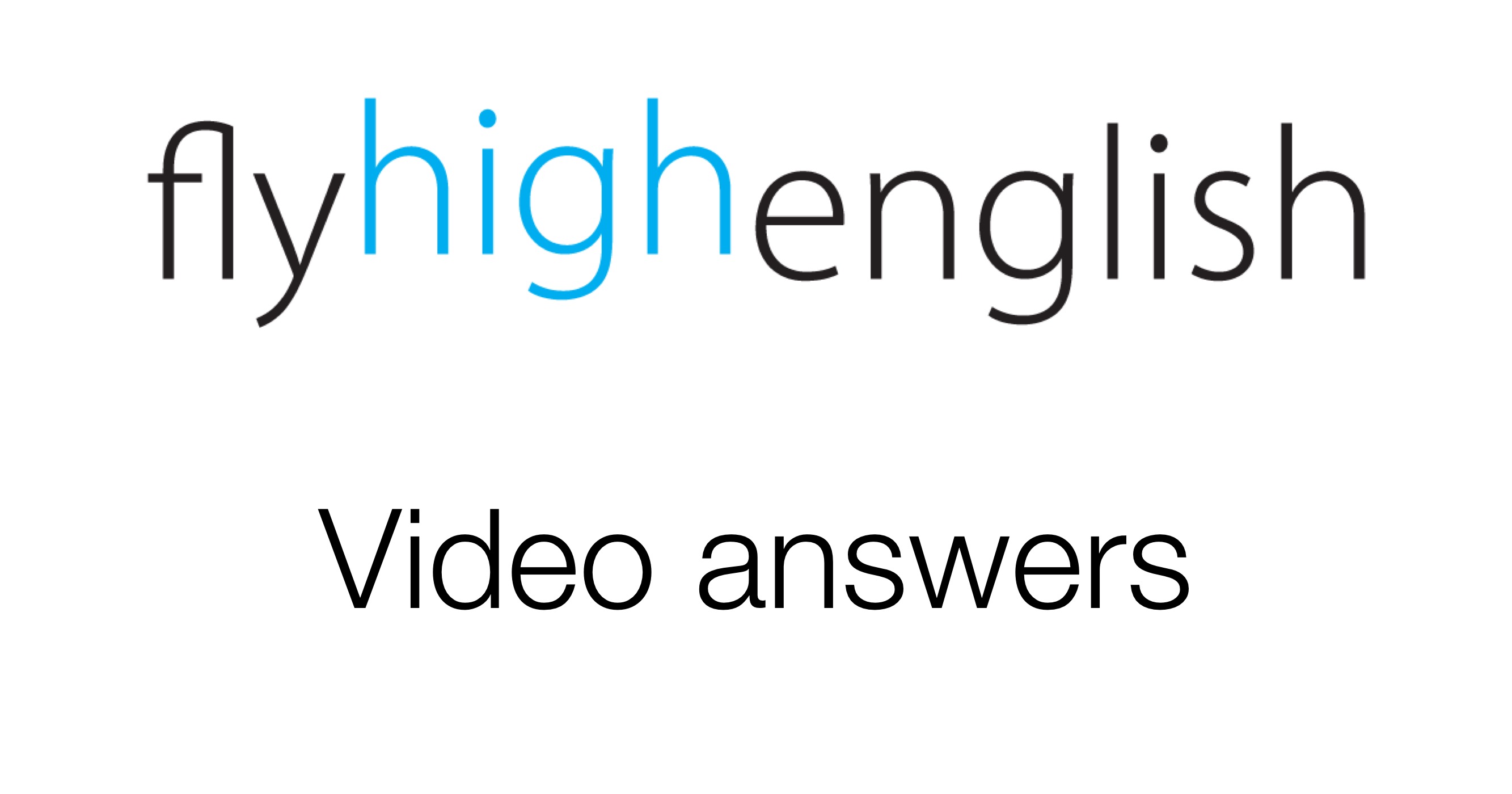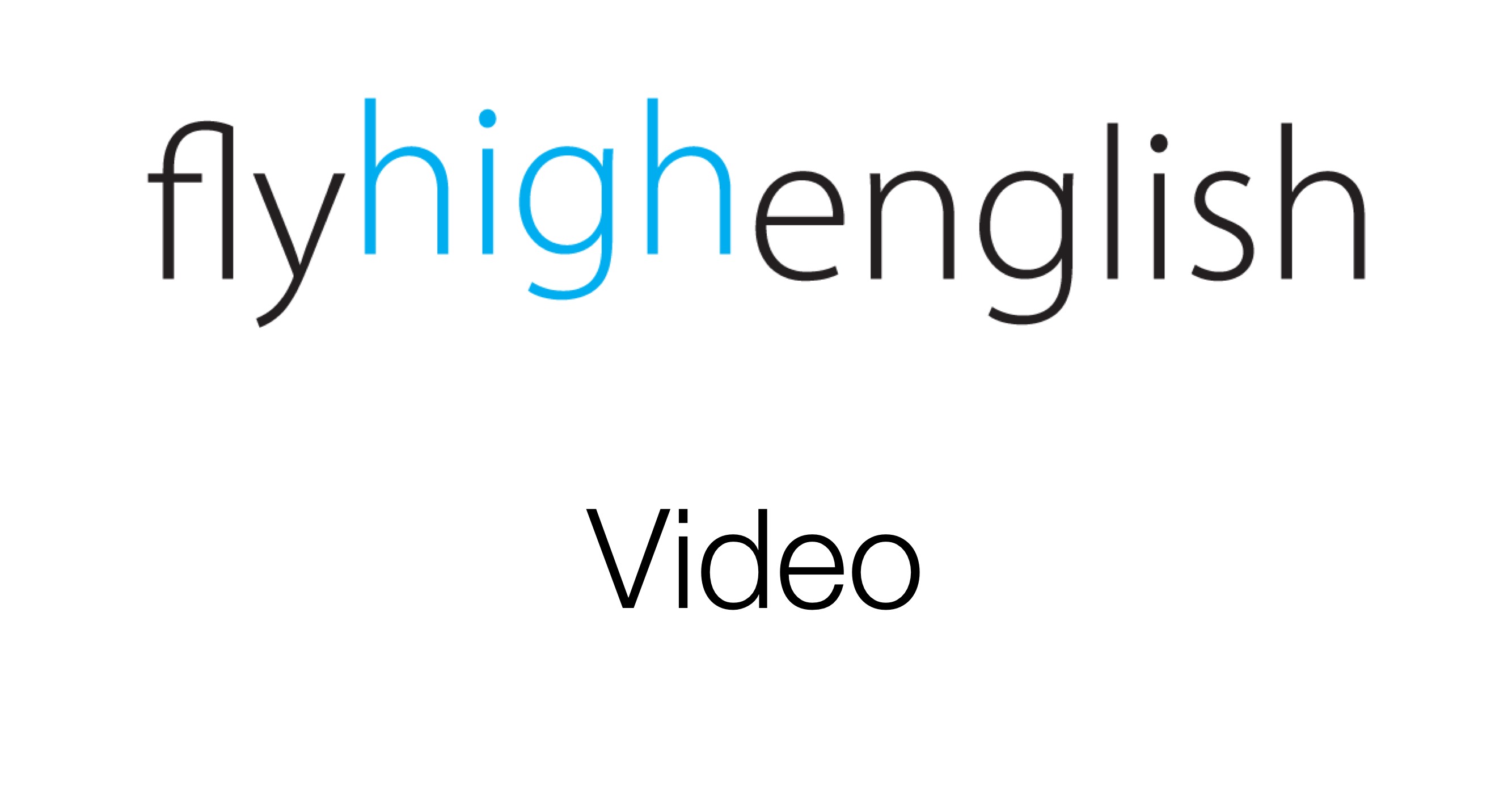
Here are the answers to last Friday’s video, enjoy!
Suggested ICAO level for video: 4+
- You use the heading and drop the final number of the three digits.
- In this situation the number is rounded up or down to the nearest 10. So 164 becomes 160.
- In the US, it would be runway ‘6’.
- The letters ‘l’ for left, ‘r’ for right and ‘c’ for centre are used to distinguish parallel runways.
- They indicate how wide the runway is.
- Aiming point markers give pilots an idea of where they should be touching down on the runway.
- Planes are allowed to use the displaced threshold for a takeoff run or to taxi, while they aren’t allowed to use a blast pad / overrun area unless it’s an emergency.
Follow us on twitter here, Facebook here or Google+ here for more great content!

